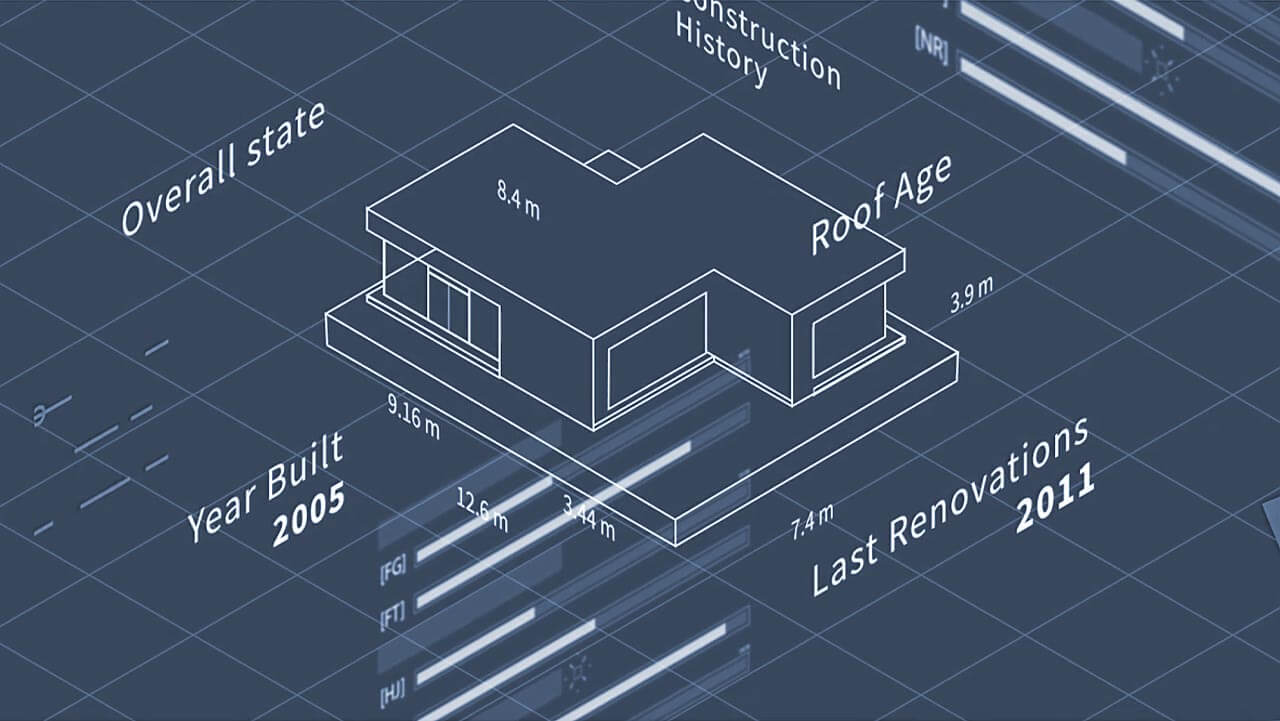360 Property Data
CoreLogic powers businesses with unrivaled property data, insights and technology.
Explore Our DataCoreLogic powers businesses with unrivaled property data, insights and technology.
Explore Our DataDifferentiate with insights and analysis from CoreLogic property data.
Know MoreProperty. People. Potential. CoreLogic unlocks value for the entire property ecosystem.
Learn MoreHome / 360 Property Data / Climate Risk Analytics
Climate change is radically altering every aspect of human life — including where we live and how we do business. Before it’s too late, government agencies and corporations need to understand the environmental, social, and governance (ESG) factors so they can measure and mitigate the physical risks of climate change to their properties. Such a monumental task demands an equally monumental solution. Fortunately, it’s here.
Climate Risk Analytics by CoreLogic offers a comprehensive model of the future at an unprecedented level of detail. By combining our industry-leading property data with replacement costs, valuation elements, and natural hazard information, we can build a comprehensive account of physical risk. Our proprietary climate models calculate the likelihood of what can happen and where, so you can protect your property, prepare accurate climate compliance, and lessen the impact on your bottom line.
Built from an array of data sets, grasp the granular impact of climate risk on your assets with the industry’s most comprehensive property views, including first-floor height (the base flood elevation level according to the National Flood Insurance Program) for all properties. CoreLogic’s CLIP™, is a unified property identification system that consolidates data assets for consistency and accuracy. This proprietary property data empowers you to tactfully and tactically plan for the looming threat of various climate-related hazards.




Take advantage of data from our comprehensive climate modeling, supported by robust historical data and leading scientific insights. Join us as we actively engage in dynamic downscaling to a hyper-local level based on the Fifth Assessment Report (AR5) of the United Nations Intergovernmental Panel of Climate Change (IPCC) and our work towards AR6.